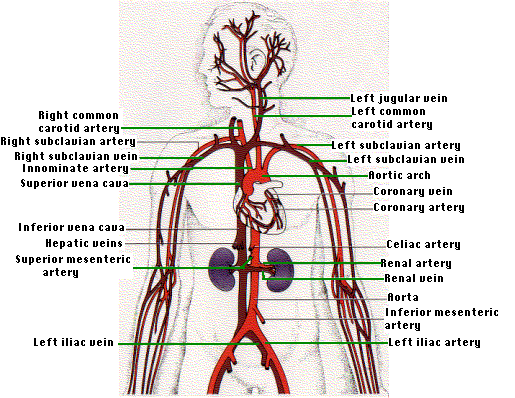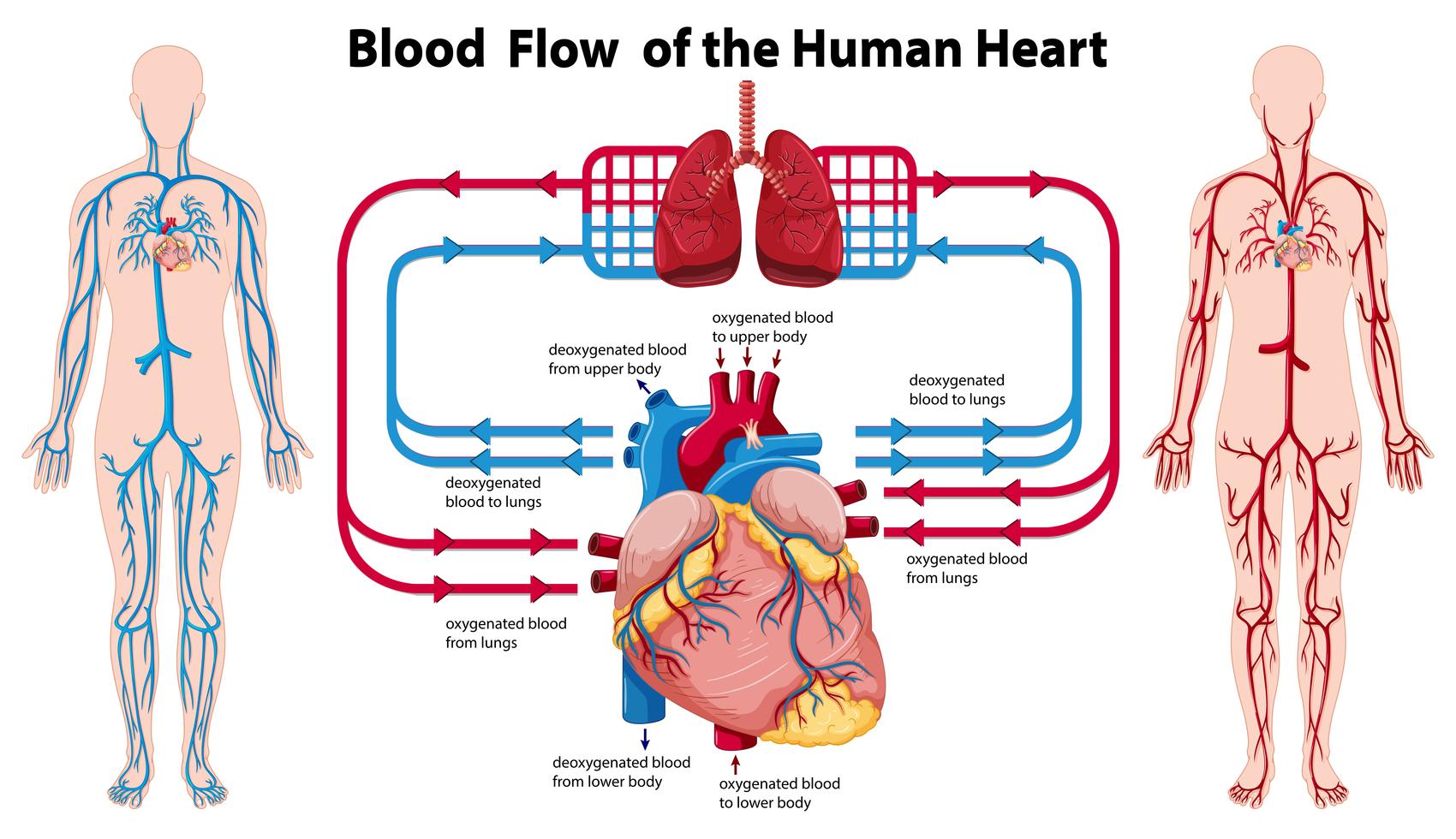Blood Circulation System Diagram Biology Diagrams Learn about the human circulatory system, its organs, blood, blood vessels, and lymphatic system. See a neat labelled diagram of the circulatory system and its functions. Blood flow through the heart made easy with a simple diagram of the cardiac circulation pathway and steps in order. Heart anatomy, video, quiz, and chart included! Great for USMLE, nursing, students, doctors, and medical learners. An average adult has 5 to 6 quarts (4.7 to 5.6 liters) of blood, which is made up of plasma, red blood cells, white blood cells and platelets. The heart is a muscular organ with four chambers.

The cardiovascular system represents a complex network of blood vessels that transport essential nutrients, oxygen, and waste products throughout the body. This detailed illustration demonstrates the hierarchy of blood vessels, from major arteries and veins to microscopic capillaries, showing how blood circulates from the heart to tissues and back. The diagram uses color coding to distinguish Learn how the circulatory system transports blood, gases, nutrients and waste products throughout the body. See the diagram of the heart, arteries, veins and capillaries, and how they work together in double circulation. They connect to smaller and smaller blood vessels as they get farther away from your heart to deliver oxygen and remove waste throughout your entire body. Blood vessels contain layers of connective tissue, muscle and elastic fibers. Muscles in your blood vessels control how wide they get, which also affects your blood pressure.

Blood Flow Through The Heart: A Simple 12 Step Diagram Biology Diagrams
Learn how blood flows through your heart, lungs and body in a series of steps. See diagrams and explanations of the four chambers, valves and arteries of your heart. The diagram presents a dual view: a full human body skeleton showing the location of vital organs, alongside a detailed representation of the cardiopulmonary system. The color-coded pathways clearly distinguish between oxygenated (red) and deoxygenated (blue) blood flow, making it easy to understand the complete circulation process.

